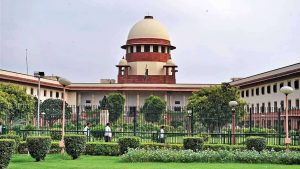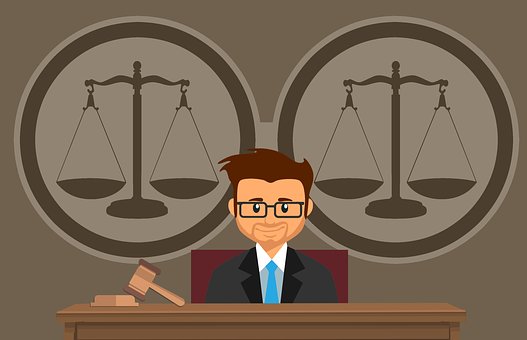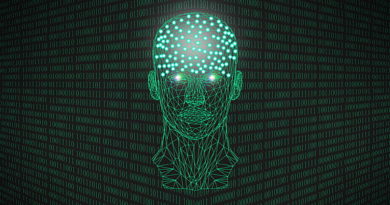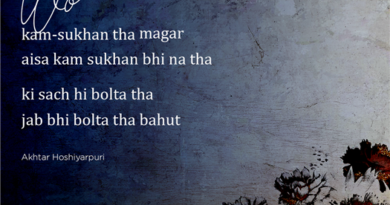Judicial system in India: the real picture
The Judicial system of India is law and rules stated for the welfare of citizens. The courts in India have the power to solve the disputes and enforce the law.

The Indian constitution came into force on 26 January 1950. Our constitution is the largest and oldest constitution ever written.
Judicial system consists of Supreme court, high courts, district courts and village courts let us see the real picture of our court system.
1.Supreme court:

Supreme court is the apex court in India located in New Delhi. It consists of Chief justice of India and 30 other judges. Supreme Court listens to the appeals in opposition to the verdicts of the high court. The retirement age of Supreme Court judges is 65 years. Hon’ble Mr. Justice Ranjan Gogoi is the current Chief Justice of India. The Supreme court decided to follow a new roster system, under this system the chief justice of India will hear all special leave petitions and matter related to public interest, social justice, elections and other matters.
2.High Court:
High court exercises its original civil and criminal jurisdiction. Under the Article 141 of the constitution all courts in India including high court are bound by the judgments and orders of the Supreme Court of India. Judges of High Court are appointed by the President of India in consultation with the Chief Justice of India and governor of the state. The Calcutta High Court is the oldest high court of India established in July 1862. At present there are 25 High Courts in India. The latest court was established in Andhra Pradesh in January 2019.

3.District courts:
District courts are the courts of state governments of India. District courts are established for every district or for one or more districts taking factors like population, number of cases into consideration.
Minimum seven years of experience is required for the post of district judge. There are total 672 district courts in India.
4.Village courts:
Village courts are also known as gram nyayalas. They are established for speedy and easy access to justice system in the rural areas of India. It exercises the power of both civil and criminal courts. Under the gram nyayalas act 2008, more than 5000 village courts are expected to be established out of it 194 courts were established in 2015. It is estimated that the pendency of cases can be reduced by 50% when there will be more village courts.
Glitches of Indian Court system:
There are 25 high courts and a large number of district and village courts in India. Still Indian judicial system fails to perform till the mark that makes the economy weaker and it highly affects the Indian population that believes in justice.
Some of the drawbacks are mentioned below:
1.Working hours of courts:
The official working hours are from 10:30 AM to 4:30 PM for Monday to Friday and with the lunch break of one hour. Saturdays are usually non working but the timing vary due to work load. The supreme court works only for 193 days in entire year, while the high court works for 210 days and trial courts 245 days a year. There are more than 50,000 cases pending in supreme court, it has Five vacations in its annual calendar. Summer break, winter break, holi vacation and also for dussehra and Diwali. Due to more holidays the efficiency of system is breakdown and the judgements are delayed also the number of pending cases are increased. The timing of judges should be extended so that the maximum number of cases can be disposed of.
2.Hanging of cases:
There are more than 3.2 crore cases pending in India. 43 Lakh cases are pending in high court and 57,000 cases in Supreme Court and 2.84 crore cases are pending in subordinate courts. The five states that have highest pendency of cases are Uttar pradesh, Maharashtra, West Bengal, Bihar and Gujarat. More than 60% of cases are two years old and more than 30% cases are five years old.
Case pending is the major backlog of our system due to pending cases the old cases aren’t solved and judgement of current cases are delayed. Looking at the figures of pending cases the ordinary people are loosing faith in Justice.

3.Lack of communication and investigation:
Interaction is a core part of case and interaction with society must be made regular. The society doesn’t take good amount of interest in hearing of cases this may lead to miss understandings and an innocent can suffer behind the bars. The cases in India generally take long time for reaching till the final judgement due to longer period the witnesses and other people loose interest in case and the culprit or the innocent faces the consequences. Improper investigation the lawyer appeals the court for reinvesting this leads to wastage of court timing and also delays the final judgement. If the court keeps on accepting the appeals the number of pending cases are increased. There’s lack of transparency every detail of case is not revealed by the parties in order to protect themselves.
Also it happens due to either of the parties not coming to the court sometimes as sometimes they just settle the disputes outside the court without informing the court, or sometimes they just fail to give the hearing fee to the advocate that they hire to fight their case in the court.
4.Necessity of lawyers:
According to a report there were 1.3 million lawyers in India. The states with high population and have low number of lawyers. Delhi is the most legally concentrated state in India, the number of lawyers is increased by 29% in last five years. In Maharashtra there are around 1000 non lawyers per lawyer. According to a survey more than 10% fake lawyers are also practicing in. The councils are taking step to avoid frauds in law. It was stated in an article of a magazine “ if the nation’s judges attacked their backlog nonstop with no breaks for eating or sleeping and closed 100 cases every hour then it would take more than 35 years to catch-up.” This statement is clearly picturing the current scenario and shortage of advocates in the country.
5.Corruption:
Corruption is one of the major reasons of slow economic development and it is weakening our judicial system. Also media is not focusing on chain of corruption in law system. Media prefers to show the thief who stole 100 rs instead of peon who took 10,000 as bribe for changing the hearing dates, illegally. The rich people never leaves a chance to show richness, with the power of money the buy the best lawyers also bribes the police for favoring the case. On the other hand the poor people who cannot afford best lawyers are usually neglected in court and they’re paid less attention also such cases are kept pending for years.
The judges also take bribes just because the greed of money and there is no watch on judges.
“THE LAWS GRIND THE POOR AND RICH MEN RULE THE LAW.
6.Under trails of accused:
According to Indian constitution a culprit has to be in central jail till the final judgement is not passed. And hearings of courts and judgments is delayed due to various factors. In such situation the innocent has to suffer due to carelessness of the courts. Sometimes it takes years to solve a case and to prove the culprit innocent. It may also happen the innocent spends more time behind the bars due to courts then the actual punishment he deserves.

Rightly said about Indian law system:
THE EXECUTION OF THE LAWS IS MORE IMPORTANT THAN THE MAKING OF THEM





Indian judiciary is most fragile system of our country.
It’s not recognised as most favorable occupation amongst our young generation but it’s most valuable and honoured to have a role in indian judiciary.
Hope people realise change their approach towards indian judiciary.